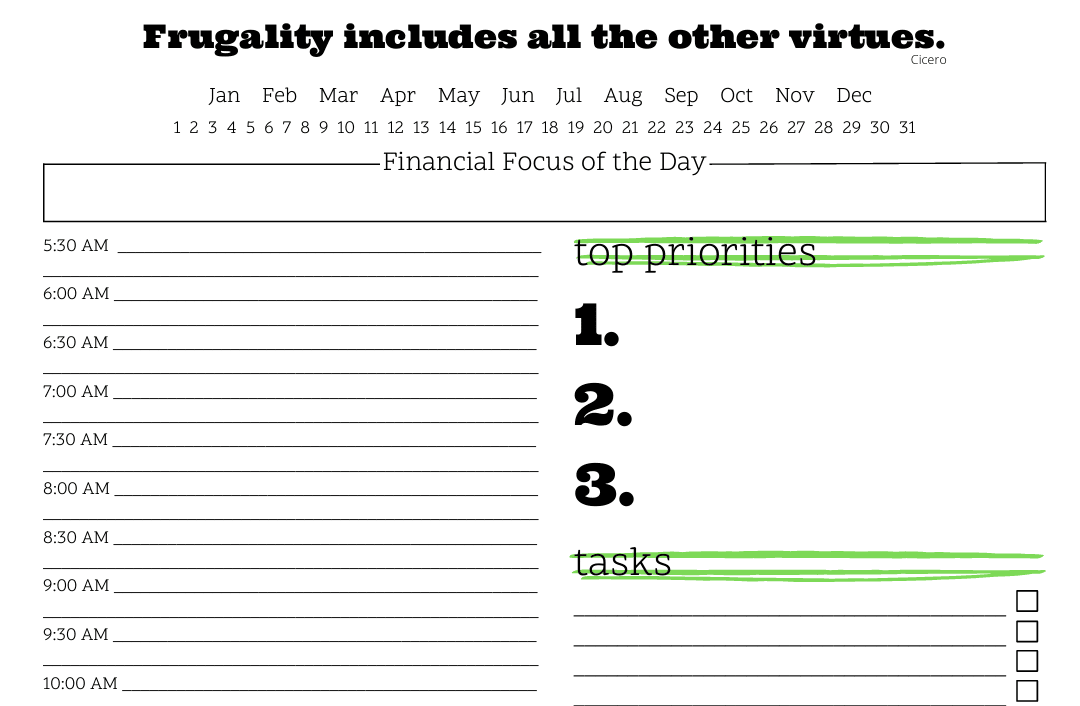This article may contain references to products or services from one or more of our advertisers or partners. We may receive compensation when you click on links to those products or services. Nonetheless, our opinions are our own.

Updated by Albert Fang
Paying for college is usually the first major financial decision you will have to make in life, and for most of us, that will include whether or not to take out student loans, and how much to borrow. Understanding your loan options is critically important to this process.
The two main types of student loans that you will be eligible to receive when applying for financial aid are federally subsidized student loans and unsubsidized student loans. The amount of each that you qualify for will be based on a variety of factors including you and your parents’ financial situation and the total cost of attending the university that you have chosen. This is done through the FAFSA form, and after applying the government will notify you of the loan amounts that you qualify for, and what portion of that is subsidized.
FAFSA: Subsidized Loans vs. Unsubsidized Loans
There are important distinctions between the two loan options. Federally subsidized student loans are loans that the government pays the interest on while you are attending school, for the first six months after leaving, or during any period of approved deferment. Fully subsidized loans do not accumulate interest during this time. This is hugely advantageous to the borrower and can result in saving thousands of dollars over the lifetime of the loan. As a result, it should be your goal to finance as much of your education with subsidized loans as possible. Subsidized loans are strictly limited to only the amount you need to pay for your education. Most other expenses are not eligible for this type of student loan.
The second type of student loans are federally unsubsidized loans. Unlike the federally subsidized option, you do not need to demonstrate a financial need for the money that you are borrowing with unsubsidized loans. Because of this, you can use the loan to pay for things that are not directly related to the cost of your education or room and board. While this adds greater flexibility to you as the borrower, your loans will begin accumulating interest from day one. There is no grace period or other options to avoid this, so they can be much more expensive overall than the alternative option.
My Personal Advice
Your college education is an investment in yourself, and into your future. Student loans can be intimidating, but they can be more than worth the cost. Ultimately the amount of loans that you take out is going to be dependent on a vast amount of different considerations, and your school’s financial advisor is an excellent resource you can use to help answer any questions you have and navigate the FAFSA form. As a general rule remember that it is always better to borrow as little as possible, subsidized or not, and to maximize the amount of subsidized loans for what you do have to borrow.

Reviewed and edited by Albert Fang.
See a typo or want to suggest an edit/revision to the content? Use the contact us form to provide feedback.
At FangWallet, we value editorial integrity and open collaboration in curating quality content for readers to enjoy. Much appreciated for the assist.
Did you like our article and find it insightful? We encourage sharing the article link with family and friends to benefit as well - better yet, sharing on social media. Thank you for the support! 🍉
Article Title: FAFSA: Subsidized Loans vs. Unsubsidized Loans for College
https://fangwallet.com/2018/04/23/fafsa-subsidized-loans-vs-unsubsidized-loans-for-college/The FangWallet Promise
FangWallet is an editorially independent resource - founded on breaking down challenging financial concepts for anyone to understand since 2014. While we adhere to editorial integrity, note that this post may contain references to products from our partners.
The FangWallet promise is always to have your best interest in mind and be transparent and honest about the financial picture.
Become an Insider

Subscribe to get a free daily budget planner printable to help get your money on track!
Make passive money the right way. No spam.
Editorial Disclaimer: The editorial content on this page is not provided by any of the companies mentioned. The opinions expressed here are the author's alone.
The content of this website is for informational purposes only and does not represent investment advice, or an offer or solicitation to buy or sell any security, investment, or product. Investors are encouraged to do their own due diligence, and, if necessary, consult professional advising before making any investment decisions. Investing involves a high degree of risk, and financial losses may occur including the potential loss of principal.
Source Citation References:
+ Inspo












































